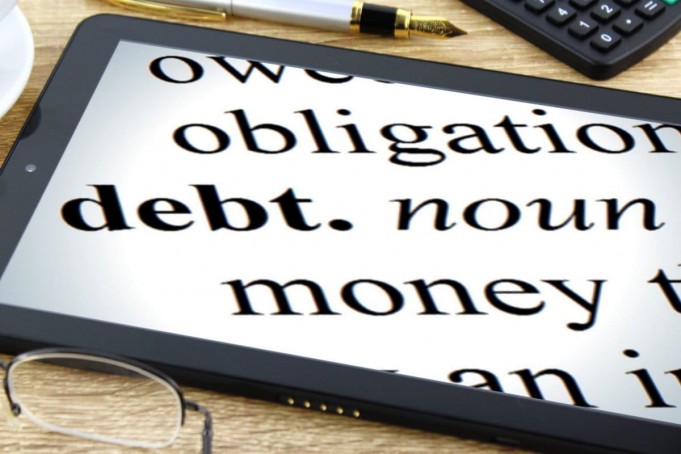Lowest Debt First
The average Americans have $4,192 in credit card debt, and that does not incorporate further debts, such as mortgages, car loans, and student debt. A lot of them are working to pay off multiple credit accounts concurrently. With all these notable balances, the main question arises, which debt should you clear off first? And why we need to pay the lowest debt first?
It can be challenging to know how to prioritize any new debt-repayment every month. While giving off your most eminent interest debt first is a simple strategy, there are advantages of tackling your lowest debt first and running your way up to your higher debt. Let’s see how to determine which debt to clear off first.
How to choose which debt to pay first
If you need help deciding which debt to clear off first, Bankrate’s debt pay-down calculator can help you in building an optimized debt repayment strategy. Just record all of your outstanding debts, the interest rates, and the least monthly payments, as well as the amount of extra money you can bear to put towards debt repayment each month.
The calculator will run the figures for you and present you with a customized debt repayment plan that precisely instructs you how much cash to pay on every debt every month, as well as how long it will take to pay all debts. It also tells you where to put any further debt repayment money, so you can end up with extra cash at the end of the month.
Why we should pay off the lowest debt first
Some people want to pay their debt based on the interest rate, while other people take various tactics like clearing off their smallest debt first and striving their way up to their largest debt. This debt repayment method is named as the debt snowball method. It is generalized by financial guru Dave Ramsey because it begins small and builds over time.
The snowball method works because paying off a debt in full incentivizes, you to continue striving towards your goal, and as you pay off your smaller debts one by one, you’ll have more cash to put towards your larger debts. Yes, you might end up spending more in interest than you would have paid if you stopped your highest interest debt first, but the psychological gains of getting those smaller debts paid off as soon as possible can be very satisfying.
Debt snowball method to pay the debt
Here is a summary of how the debt snowball method works:
- List your non-mortgage debts from the least to highest balance. Again, ignore interest rates when you’re writing out your debts. Just hold to listing your debts based on the outstanding balance.
- Make the least payments on all debts besides the little one. Attack the smallest with a retaliation.
- Later you pay the smallest debt, take the cash spending on that debt, and roll it into the subsequent highest payment.
- Repeat this process until you cross off the very last debt.
Conclusion
Concentrating on the highest interest debt and the least debt both have their advantages. Debt calculators can assist you in optimizing your debt repayment strategy and determine which debt consolidation is best for you.









